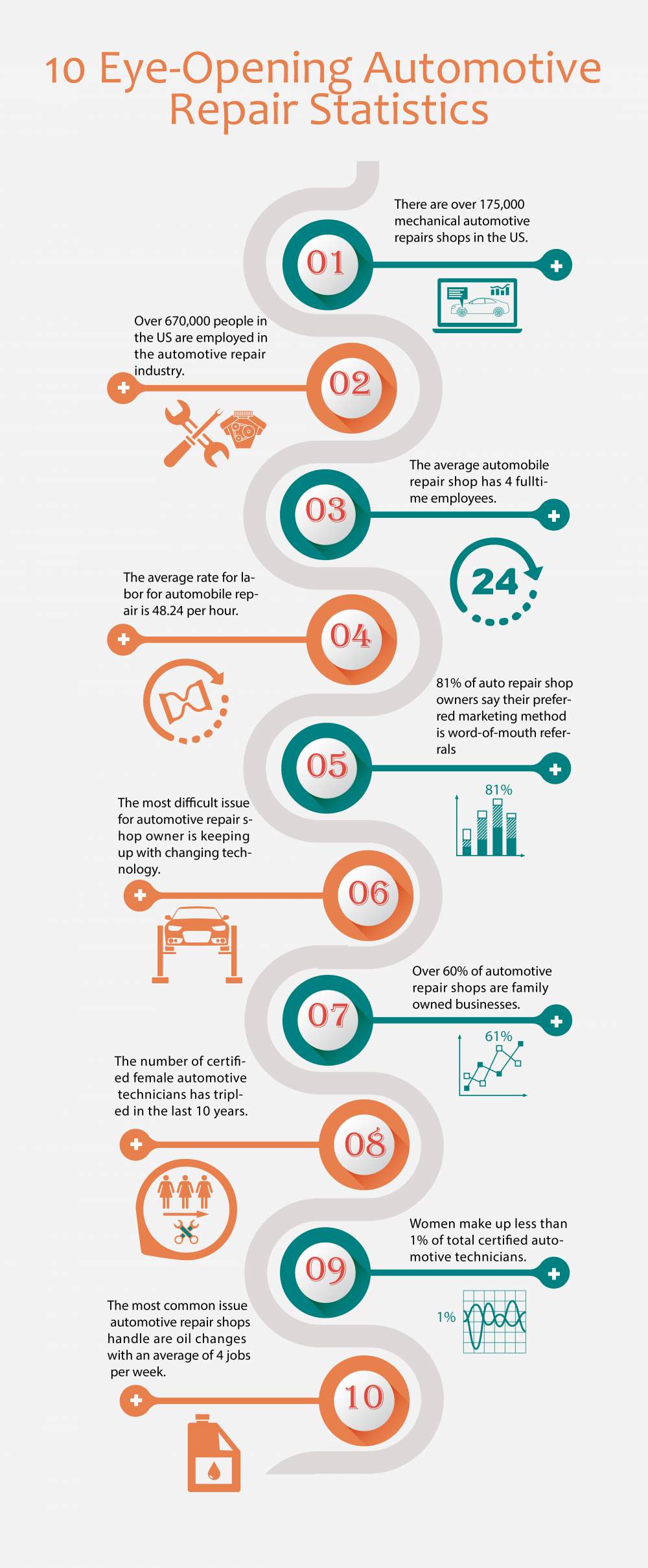Fascinated In Understanding The Warning Lights On Your Automobile'S Control Panel? Discover Their Significance For Your Automobile'S Safety And Security And General Condition
Fascinated In Understanding The Warning Lights On Your Automobile'S Control Panel? Discover Their Significance For Your Automobile'S Safety And Security And General Condition
Blog Article
Write-Up By-Faulkner Forbes
When you lag the wheel, those beautiful warning lights on your dashboard can be a little bit difficult. Do you know what they're attempting to tell you regarding your auto's health and wellness? Comprehending interior truck detailing of these lights is vital for your safety and security and the longevity of your automobile. So, the next time among those lights turns up, wouldn't you wish to analyze its message accurately and take the essential actions to resolve it?
Common Warning Lighting and Interpretations
Determine typical warning lights in your cars and truck and comprehend their definitions to make sure safe driving.
One of the most common caution lights include the check engine light, which indicates problems with the engine or exhausts system. If this light begins, it's vital to have your vehicle examined quickly.
The oil pressure advising light suggests reduced oil stress, needing instant attention to stop engine damages.
ceramic coating tesla flashing battery light may suggest a defective charging system, potentially leaving you stranded otherwise dealt with.
The tire stress monitoring system (TPMS) light informs you to low tire stress, influencing car stability and gas efficiency. Disregarding https://www.business-standard.com/article/current-affairs/right-to-repair-delhi-s-cellphone-and-auto-markets-cautiously-optimistic-122072200612_1.html can cause harmful driving conditions.
The abdominal muscle light indicates a problem with the anti-lock braking system, jeopardizing your ability to quit swiftly in emergency situations.
Finally, the coolant temperature cautioning light warns of engine overheating, which can cause serious damage otherwise resolved quickly.
Comprehending these common warning lights will aid you attend to concerns quickly and maintain safe driving problems.
Significance of Prompt Interest
Comprehending the usual warning lights in your car is just the initial step; the significance of quickly addressing these cautions can not be highlighted sufficient to ensure your security when traveling.
When a warning light brightens on your control panel, it's your auto's way of communicating a prospective concern that requires focus. Neglecting these warnings can bring about extra severe troubles later on, endangering your safety and security and possibly costing you more out of commission.
Prompt focus to cautioning lights can protect against breakdowns and mishaps. For example, a flashing check engine light might indicate a misfire that, if left ignored, might create damage to the catalytic converter. Resolving this quickly can save you from a costly repair.
Likewise, a brake system cautioning light may indicate low brake fluid or worn brake pads, essential parts for your security when driving.
DIY Troubleshooting Tips
If you see a caution light on your control panel, there are a few DIY repairing pointers you can attempt prior to looking for specialist help.
The very first step is to consult your vehicle's handbook to recognize what the specific warning light suggests. Occasionally sns auto detailing can be as simple as a loose gas cap setting off the check engine light. Tightening up the gas cap may fix the issue.
One more common problem is a reduced battery, which can trigger different warning lights. Checking the battery links for deterioration and guaranteeing they're secure may repair the problem.
If a warning light continues, you can attempt resetting it by disconnecting the cars and truck's battery for a few mins and after that reconnecting it. Additionally, checking your car's fluid degrees, such as oil, coolant, and brake liquid, can aid troubleshoot warning lights related to these systems.
Final thought
To conclude, understanding your car's caution lights is essential for keeping your lorry running smoothly and securely. By quickly addressing these notifies and knowing what they suggest, you can avoid expensive fixings and potential breakdowns.
Keep in mind to consult your automobile's guidebook for particular details on each advising light and act appropriately to ensure a trouble-free driving experience.
Keep notified, remain safe on the road!
